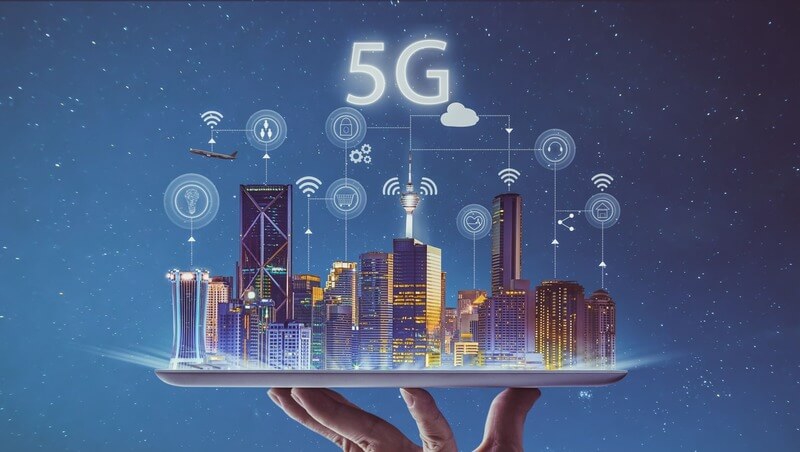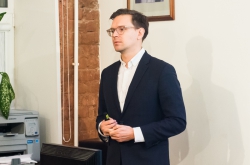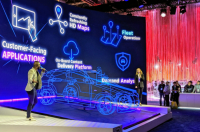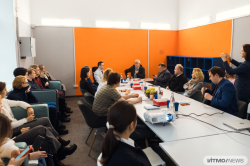Combined intelligence: combining the benefits of AI and the human mind
Lately, it is as though the media has split into two parties when it comes to discussing AI, and the first does everything in their power to make everyone believe that AI is "evil". In this sense, they accuse such services of using biased data. Their opponents believe that AI is capable of incredible things: according to analysts from The Richards Group, it already offers huge help in diagnosing particular diseases.
Still, many researchers note that participants of such discussions often forget that the capabilities of AI aren't similar to those of a human mind. Hayden Lewis, one of the digital strategists of The Richards Group and author of a 2018 study dedicated to the development of technology defines artificial intelligence as "a collection of software techniques used to make computers reason similar to how humans reason". In this regard, analysts advise to not overestimate the role of AI, and first think of the human role in this process.
Today, artificial intelligence allows to effectively automate routine tasks that take much time. For example, it helps marketing experts find their unique target groups and provide the associated services. Gartner's experts forecast that “by 2022, one in five workers engaged in mostly nonroutine tasks will rely on AI to do a job.” At the same time, they believe that the introduction of such technologies will also contribute to the growing demand for "human creativity".
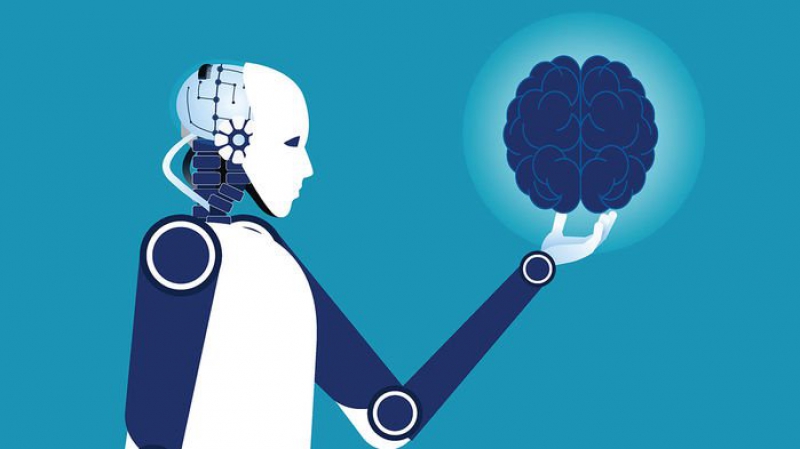
"As targeting more specific audiences gets easier, machines make it more efficient to optimize and personalize creative, further improving effectiveness. As machines take on more routine tasks, they free up human resources for more complex thinking and problem-solving. This will only be amplified as machines are able to take on more complex tasks. In fact, the World Economic Forum believes that by next year, creativity will be one of the most important skills in our workforce. The next wave of artificial intelligence’s influence will be on how we explore, discover, and create, in particular reinventing how strategists glean insights and how agencies create," states the recent report by The Richards Group.
The experts of the Telenor Norwegian telecommunication company also believe that by next year, governmental agencies and private companies will begin to develop special rulebooks in order to introduce high ethical standards into the field of AI.
Personalization of content: user-specific videos
Following the "humanization" of data analysis strategies, we have to start thinking about personalization of content, add the company's analysts. In this regard, we should turn our attention to video content, which is still surprisingly unaffected by this trend. It is expected that by 2021, the expenses on digital video advertising will exceed 22 billion dollars, which is 43,8% higher than in 2018.
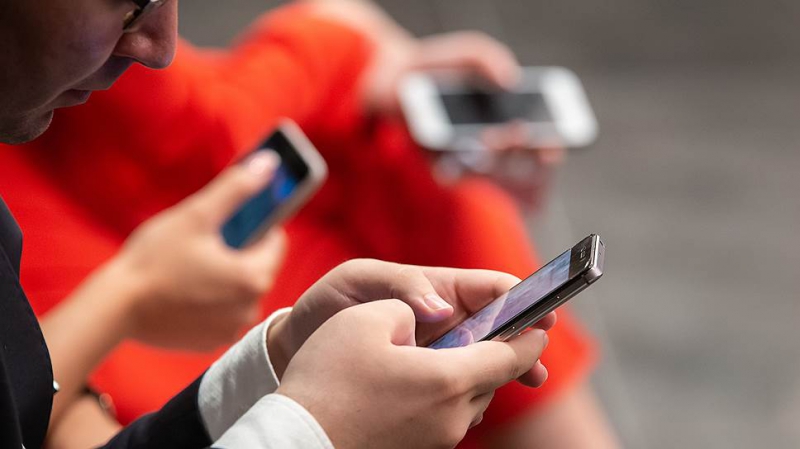
2019 will be the first year when users will spend more time online than watching television. They will spend a considerable part of this time on video content. According to data collected by Google, by the end of 2018, the average duration of watching videos will exceed an hour a day, and by 2020 it will reach 84 minutes. The global expenses on producing online video advertising will be growing by 17% with each year. Online streaming will also experience a rapid growth. According to data by Yahoo, its growth will exceed that of other sectors of this industry.
In the nearest future, digital videos will become the new bulwark of personalized advertising. The diversity of formats, from reports and blogs to interviews, makes it possible to easily adapt such content to the needs of almost any audience. The absence of editing cuts the distance between a brand and its users, as well as meets the consumers' demand on authenticity. This offers the necessary conditions for their promotion in digital marketing.

Deployment of 5G
In 2018, the testing of the 5G technology took place. According to expert forecasts, the worldwide deployment of the 5G technology will begin in 2019. This offers to considerably expand the opportunities for innovations in different fields: from smart cities and driverless cars to AR and VR technologies.
For the purposes of marketing, 5G offers new opportunities for interacting with customers. Thanks to the Internet of Things, companies will get an opportunity to learn more about the everyday lives of their clients. Still, the development of new technologies will also lead to higher customer expectations.
Experts from Telenor note that the first attempts to introduce the 5G technology in 2019 will lead to the emergence of "5G islands" all over the world. A good example of one is the Norwegian town Kongsberg that has become the first town to have 5G. Next year, more commercial 5G networks will be launched in addition to those that already exist in the USA and particular regions of Asia.
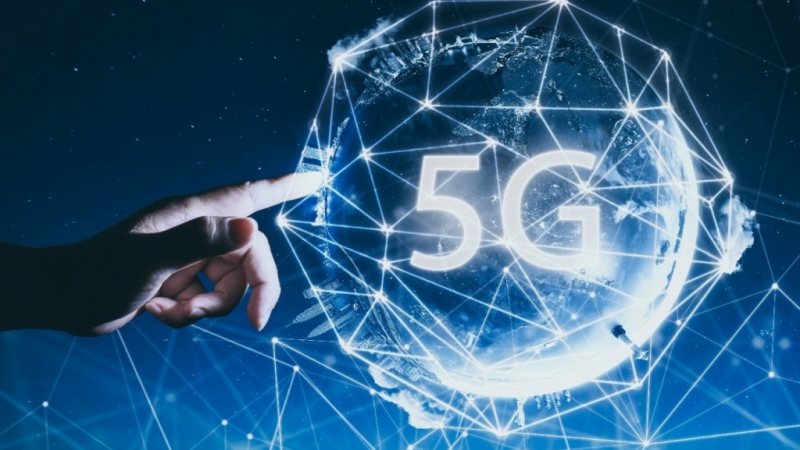
"If you have been following the tech community, you will have seen that there are a wide number of fixed and test deployments with companies like Qualcomm, Intel, Nokia, Ericsson, Samsung and Huawei all getting into the action. We are also seeing new companies like Mimosa Networks making it possible to roll 5G out to both rural and urban locations, paving the way for bullish 5G mobile providers — i.e. ATT and Verizon — to start offering new, cooler, faster, more innovative services for mobile users. It’s an exciting time for 5G and mobile alike. While 2018 was the year that fixed 5G applications found their legs, in 2019 we are going to see 5G finding its way into the upper corner of our Mobile devices, albeit for you iPhone users it is more likely going to be 2020 or later," comments Daniel Newman, CEO of Broadsuite Media Group and principal analyst at Futurum.
In Russia, the governmental standard for 5G technologies can well emerge by 2019. A pilot 5G zone has already been tested in Moscow a year before, and recently, there has been information that the country's four major providers MTS, Megafon, Beeline and Tele2 are going to create a common infrastructure provider for developing 5G in Russia.
The Internet of Things
Gartner forecasts that in just three years, IoT technologies will find application in 95% of electronic devices. According to the company's estimates, by 2019 the number of IoT items used will reach 14,2 billion, and will grow to 25 billion by 2021.
That being said, we're not talking about common electronic devices only. Public transport is already being equipped with analytical systems that monitor vehicles’ condition, route, speed and even the emotional condition of drivers. Such capabilities contribute to the safety of passengers, as well as help save on maintenance and reduce fuel consumption.
In the industry, power monitors can already send information to utility providers by themselves, and wearable devices monitor the health conditions of workers of hazardous production facilities and send this information to medical staff.
Nevertheless, experts still bring up questions concerning the necessity of a more consistent control in this field, which is associated with social and ethical aspects of this issue.
"Successful deployment of an IoT solution demands that it’s not just technically effective but also socially acceptable. CIOs must, therefore, educate themselves and their staff in this area, and consider forming groups, such as ethics councils, to review corporate strategy. CIOs should also consider having key algorithms and AI systems reviewed by external consultancies to identify potential bias," comments Nick Jones, research vice president at Gartner.
